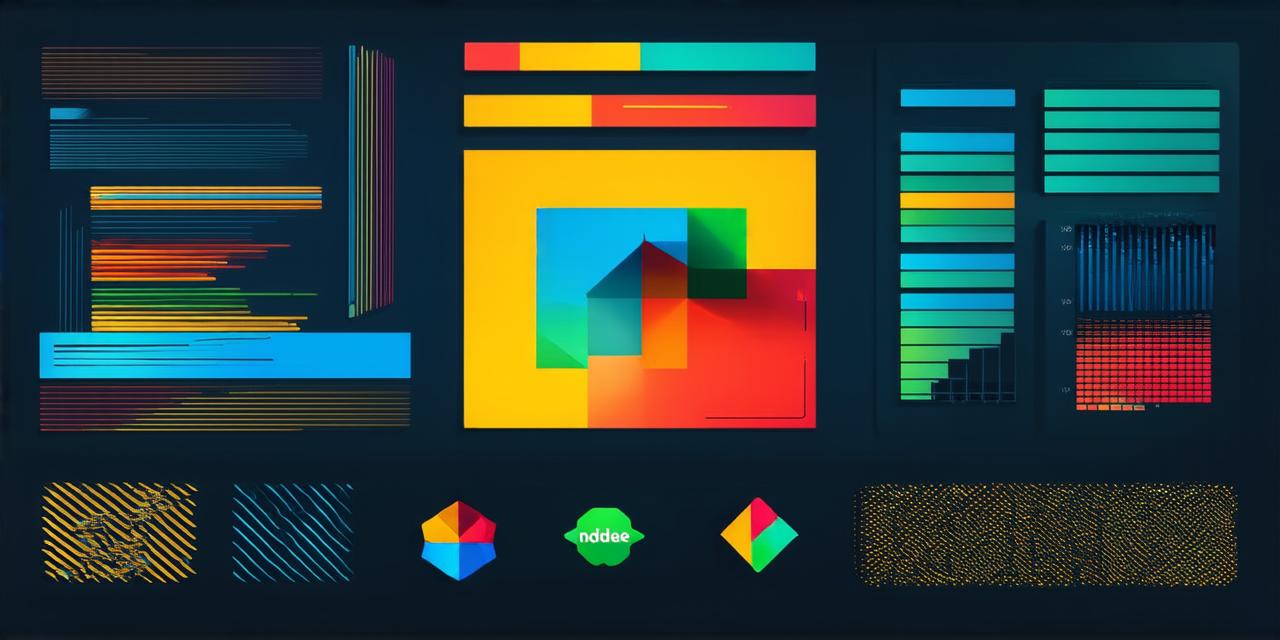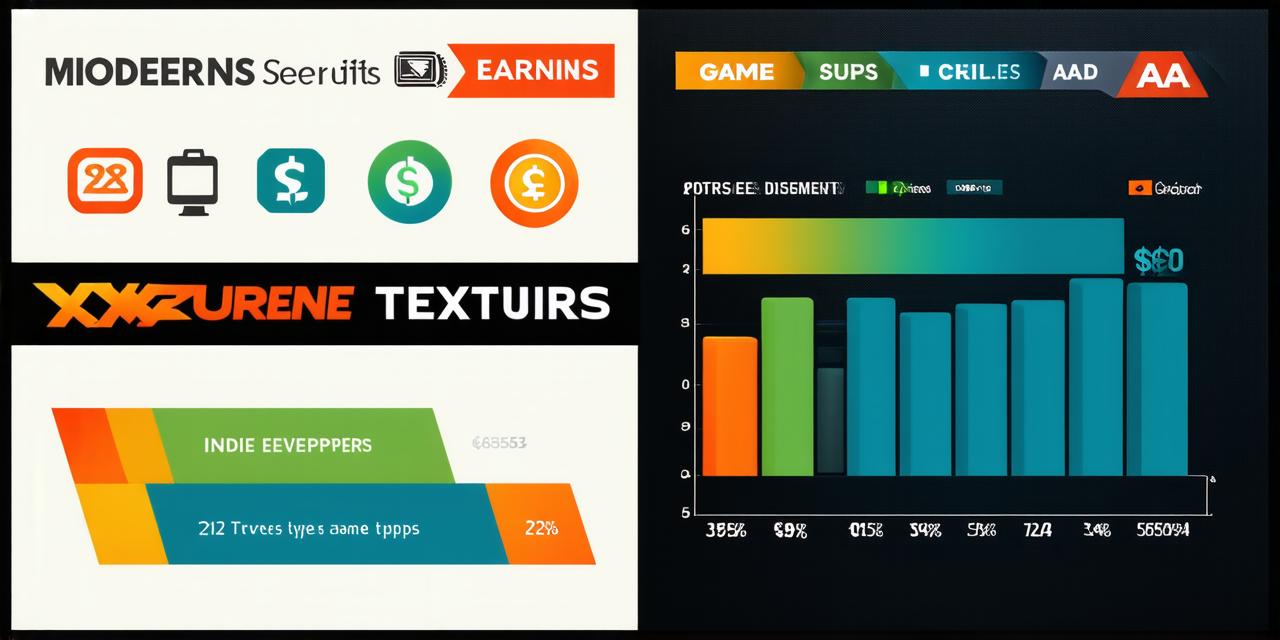As an indie game developer, it can be challenging to earn money. While major game companies like EA and Ubisoft have large budgets and resources to produce blockbuster games, smaller developers often struggle to make ends meet. However, with the right strategy, indie game developers can still generate a steady income and even build successful careers in the industry.
1. Selling Games Directly
One of the most common ways that indie game developers earn money is by selling their games directly to players. This can be done through online marketplaces like Steam, GOG, or itch.io, or even through your own website. The advantage of this method is that you have complete control over pricing and distribution, which means you can set a price that reflects the value of your game and sell it directly to your target audience.
However, there are also some drawbacks to selling games directly. For one thing, you may struggle to reach a wide enough audience to make significant sales. Additionally, you will need to handle all aspects of marketing, distribution, and customer support, which can be time-consuming and expensive.
Despite these challenges, many successful indie game developers have made their living by selling games directly. For example, Minecraft creator Markus Persson sold his game for $27 million in 2013, while Terraria developer Re-Logic has earned over $40 million since its release in 2011.
2. Freemium Model
Another popular way that indie game developers earn money is by using a freemium model. In this approach, players can download and play your game for free, but must pay to unlock certain features or content. This model works well for games with engaging core mechanics that players will want to keep coming back to.

Some popular examples of freemium indie games include Candy Crush Saga, Clash Royale, and Fortnite. These games have attracted millions of users who are willing to spend money on in-app purchases like virtual currency, skins, and boosts.
However, the freemium model can be challenging to implement effectively. You will need to strike a balance between offering enough free content to keep players engaged and enticing them with paid features that add real value to the game. Additionally, you will need to invest in marketing and user acquisition to attract new users and keep existing ones coming back for more.
3. Subscription Model
Another way that indie game developers earn money is by offering a subscription-based model. In this approach, players pay a monthly or annual fee to access your game’s content and updates. This model works well for games with ongoing content and support, like MMORPGs or puzzle games.
Some popular examples of subscription-based indie games include Runescape 3, World of Warcraft, and Subnautica. These games have attracted millions of subscribers who are willing to pay for ongoing content updates and access to exclusive features.
However, the subscription model can be challenging to implement effectively. You will need to invest in creating high-quality content and updates that justify the monthly or annual fee, while also ensuring that you retain enough subscribers to make it financially viable. Additionally, you will need to invest in marketing and user acquisition to attract new subscribers and keep existing ones coming back for more.
4. Crowdfunding
Another way that indie game developers earn money is by using crowdfunding platforms like Kickstarter or Indiegogo to raise funds for their projects.




